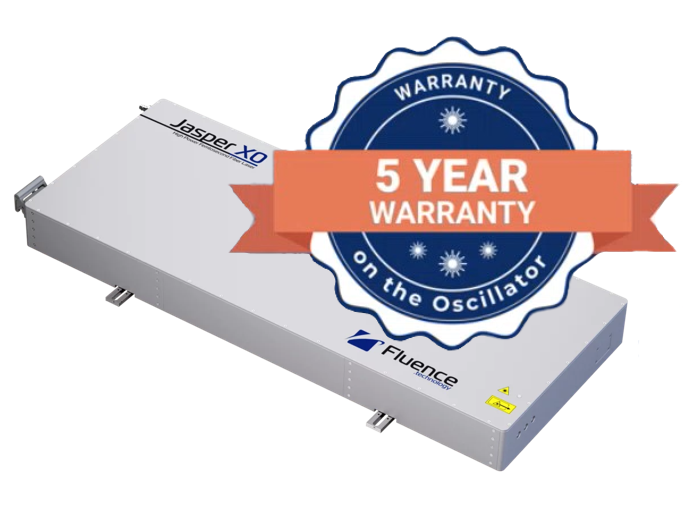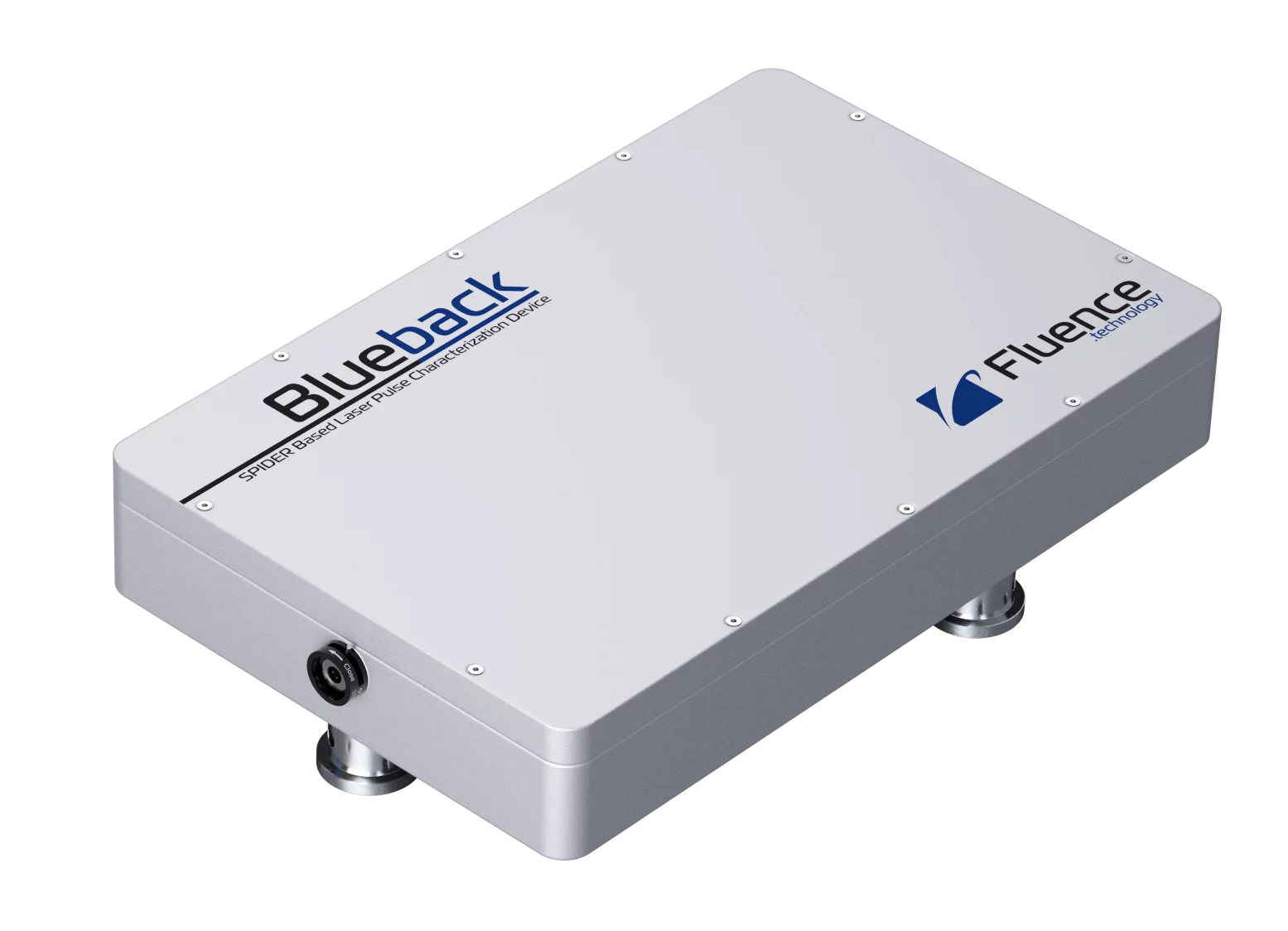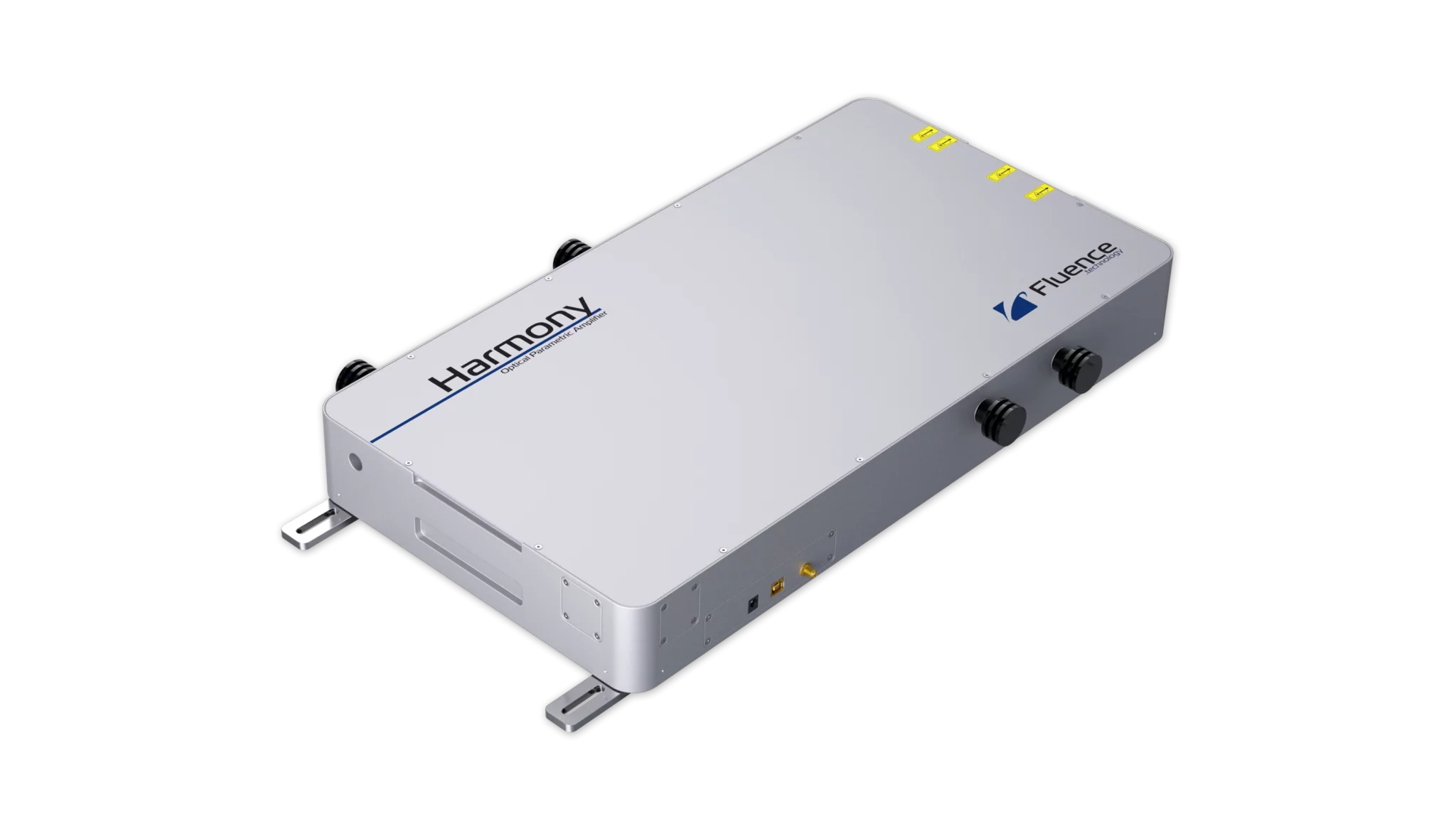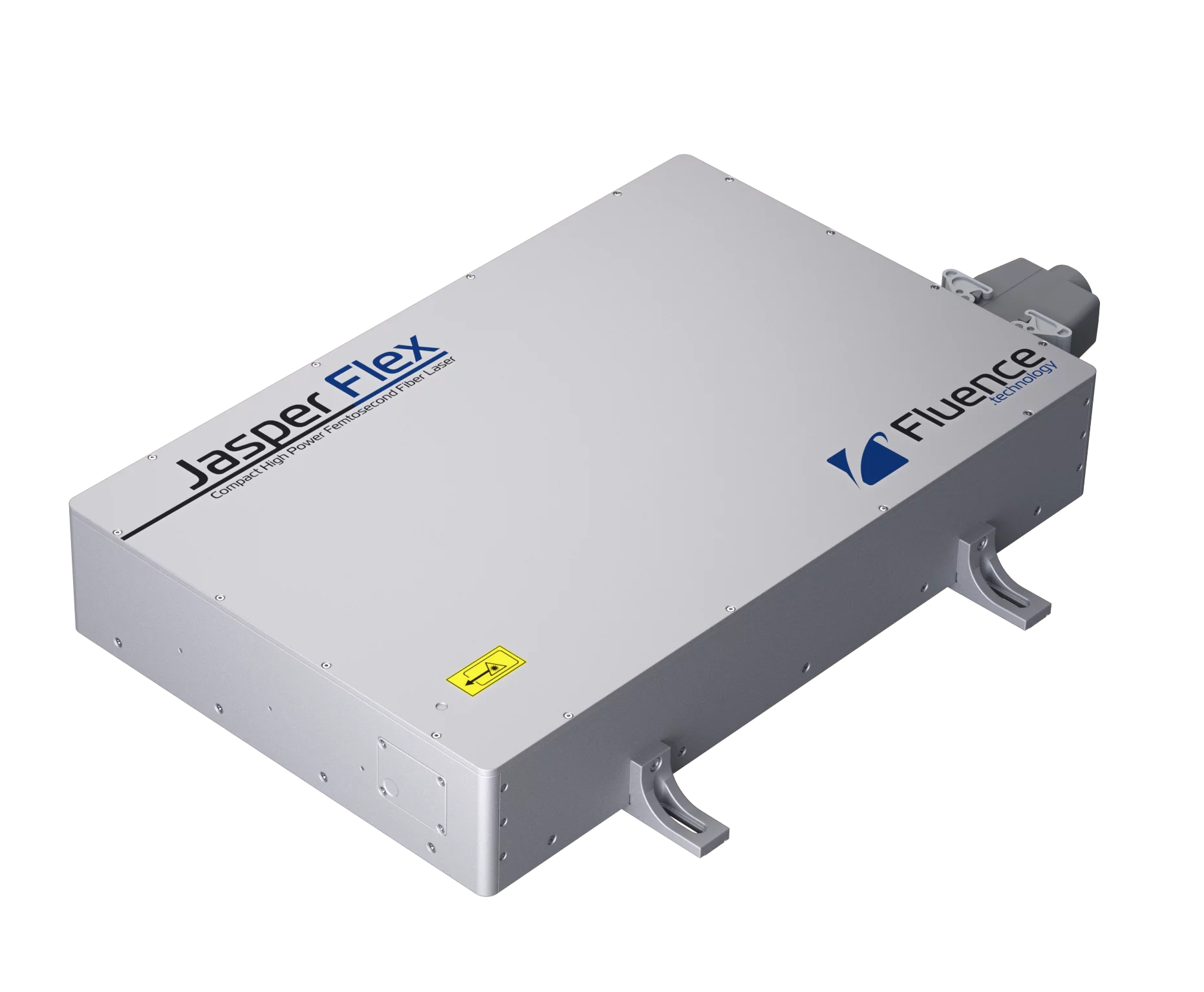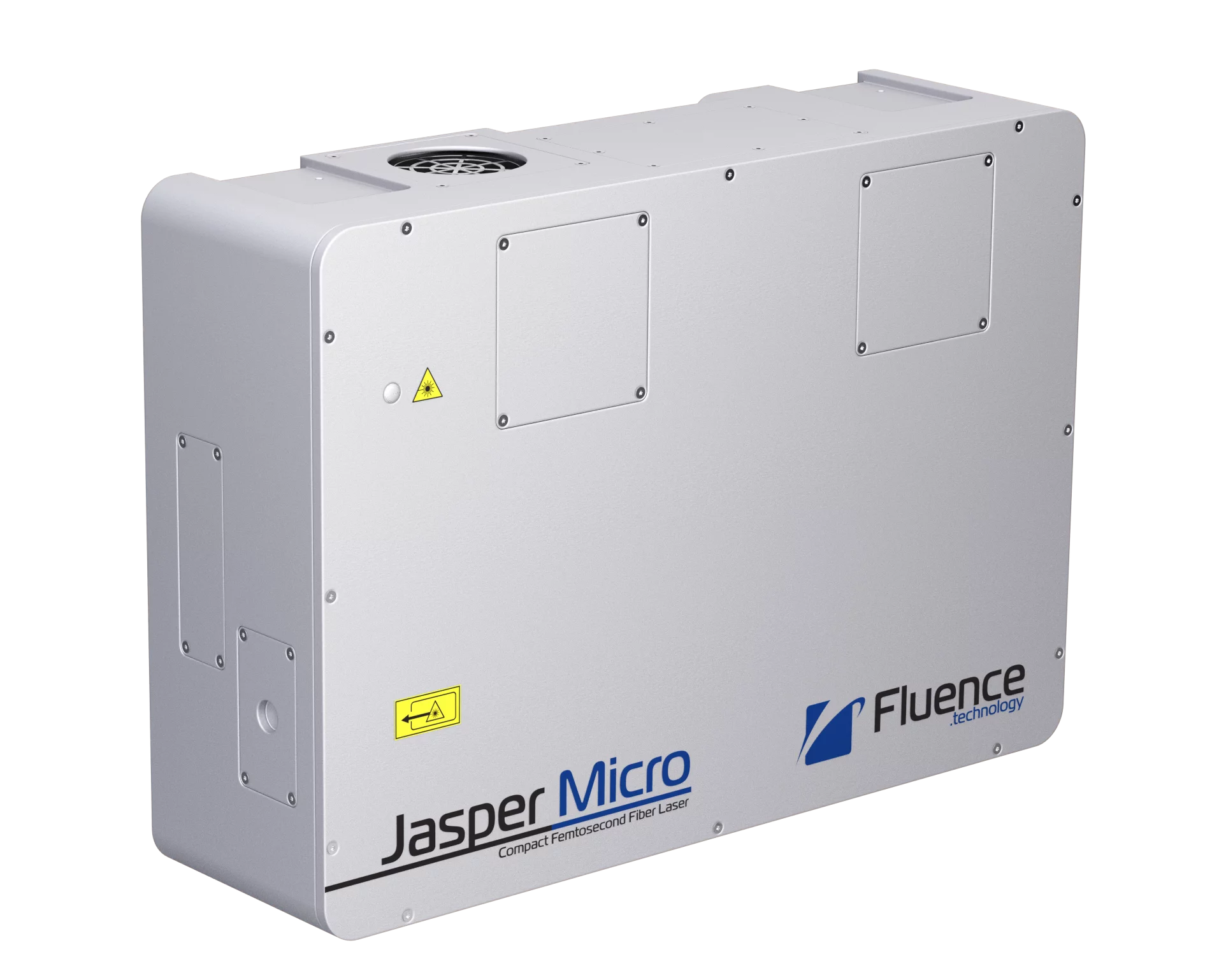Jasper X0
Fiber Laser, fs/ps pulsed, 1030nm, up to 60W, up to 300µJ, <270fs-8ps, Single Shot – 20MHz
Key Features:
- Rugged high-power industrial design with scientific performance & precision
- Truly-All-Fiber: SESAM-free
- Long life & unrivaled stability
- Extreme shock/vibe resilience
- Tunable pulse width & rep. rate
Have a question? Want to try a Demo?
POPULAR CONFIGURATIONS:
Picture |
Part Number |
Part Description |
Datasheet |
|
|---|---|---|---|---|
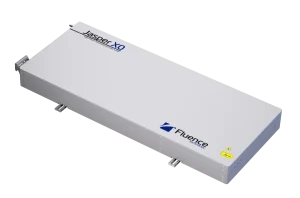
|
Jasper X0-10 |
Fiber Laser System, 1030 nm ± 5 nm, >10 W average power, >100 uJ up to 200 kHz, <270 fs FWHM, 200 kHz – 20 MHz or single pulse – 2 MHz rep rate via integrated pulse picker, <270 fs FWHM pulse duration |
|
Get Quote |

|
Jasper X0-20 |
Fiber Laser System, 1030 nm ± 5 nm, >20 W average power, >200 uJ up to 200 kHz, <270 fs FWHM, 200 kHz – 20 MHz or single pulse – 2 MHz rep rate via integrated pulse picker, <270 fs FWHM pulse duration |
|
Get Quote |

|
Jasper X0-30 |
Fiber Laser System, 1030 nm ± 5 nm, >30 W average power, >300 uJ up to 150 kHz, <270 fs FWHM, 200 kHz – 20 MHz or single pulse – 2 MHz rep rate via integrated pulse picker, <270 fs FWHM pulse duration |
|
Get Quote |

|
Jasper X0-60 |
Fiber Laser System, 1030 nm ± 5 nm, >60 W average power, >200 uJ up to 300 kHz, <270 fs FWHM, 200 kHz – 20 MHz or single pulse – 2 MHz rep rate via integrated pulse picker, <270 fs FWHM pulse duration |
|
Get Quote |
Jasper X0: Amplified fiber laser system with integrated robust, Truly-All-Fiber femtosecond oscillator.
JASPER X0 is a 1030 nm high-power femtosecond laser that delivers pulses with energy options up to 300 µJ and an average power of 60 W.
With a truly monolithic all-fiber amplified oscillator inside this laser provides fast warm-up time. Furthermore, you can count on unprecedented long-term stability and hands-free operation. The heart of the system is our unique, truly all-fiber oscillator. Jasper is amazingly robust and reliable thanks to its unique construction and SESAM-free technology. Additionally, the fiber amplifiers ensure unbeatable beam-pointing stability even in a harsh environment – unlike the free-space constructions.
The Jasper Series
The Jasper series is a diverse set of high-performance femtosecond fiber lasers providing different solutions based on a standard technology. The series includes the high-power Jasper X0 (200 µJ pulse energy / 60 W average power), the compact Jasper Micro (5 µJ pulse energy / 7 W average power) in a space-saving design, and the Jasper Flex for microprocessing (30 µJ pulse energy). Each model provides a fast warm-up time, long-term stability, and hands-free operation. Whether you need high power, compactness, or specific processing capabilities, the Jasper series has a solution.
Fluence Technology’s Innovation in Ultrafast Lasers: SPIE Photonics West 2025 Spotlight
Your rugged, truly-all-fiber laser solution awaits!
Jasper Series Benefits:
| High Performance: |
|
| Versatility: |
|
| Innovative Design: |
|
| Stability and Reliability: |
|
| Cutting-edge Technology: |
|
| Ease of Use: |
|
| Wide Application Range: |
|
| Customizable: |
|
These benefits make the Jasper series a versatile and reliable choice for users seeking high-quality femtosecond fiber lasers. Explore the range to find your perfect fit.
Jasper X0 Applications:
Jasper is the right choice whenever there is a need for high-power and high pulse energy, while maintaining a very short pulse duration.
| Micromachining |
| Glass cutting |
| Surface structuring |
| Ophthalmology |
| Pumping of Optical Parametric Amplifiers (e.g., Fluence Harmony) |
| Semiconductor & OLED manufacturing |
| Solar cell manufacturing |
| Luxury watchmaking |
| Stents and medical device manufacturing |
Don’t hesitate to ask any questions!
| Wavelength (nm) | |
|---|---|
| Type | Pulsed Fiber Lasers, Ultrafast Lasers, Ruggedized, Adjustable Rep Rate, Adjustable Pulse Width, High Peak Power |

 SHIPS TODAY
SHIPS TODAY 